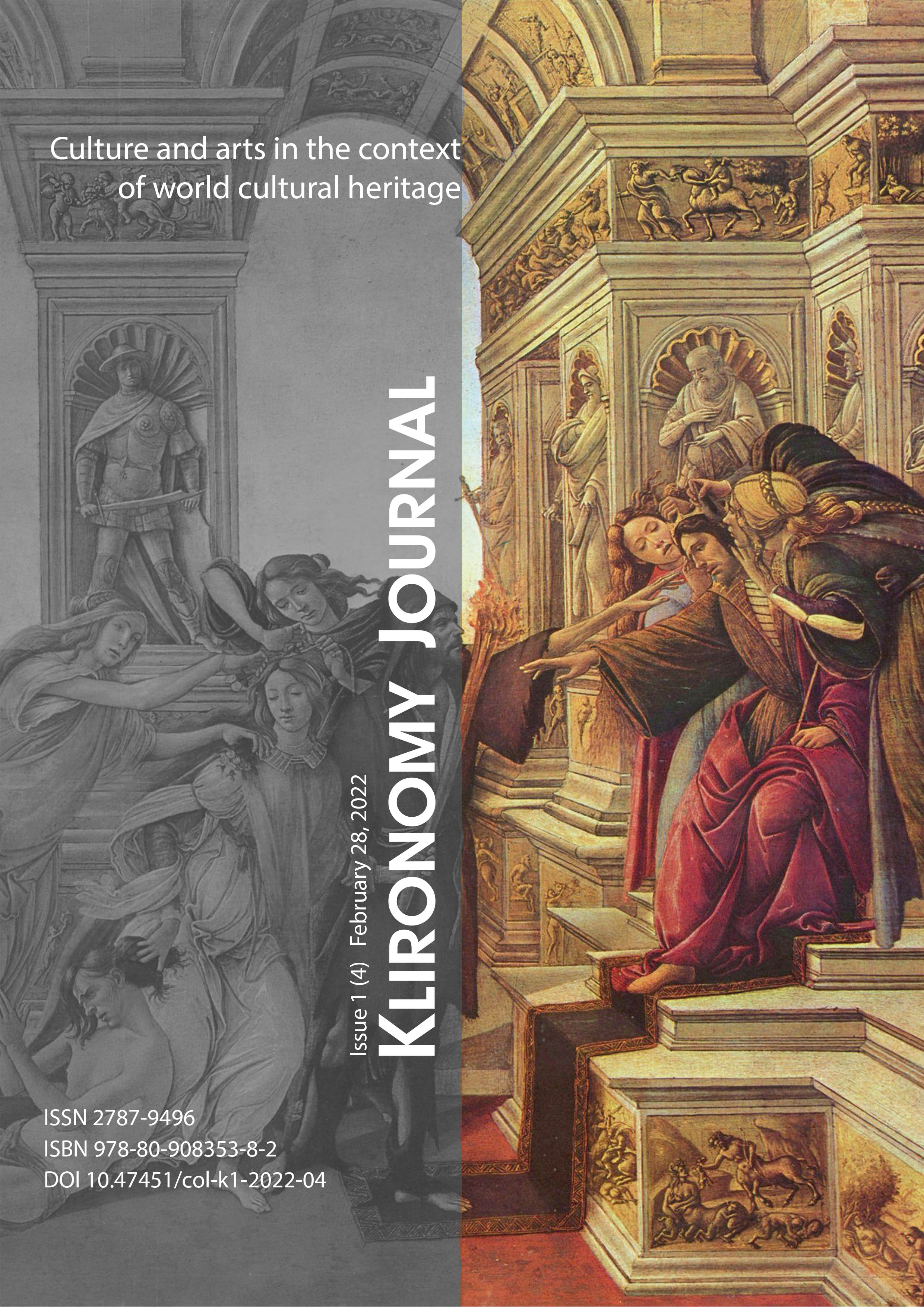A Recollection: Early Aircraft Construction, the Prerogative of Wood Craftsmen
DOI:
https://doi.org/10.47451/her2022-02-03Keywords:
wood, aviation, aeronautical industry, woodworkers, woodworking tools, woodworking machines, CoandaAbstract
In this article, the author tried to consider the place and role of wood processors in the early period of the aeronautical industry, approximately 1910-1940, when most aircraft were built of wood. The professions in this field and the woodworking tools or machines used at that time are brought back to attention. Starting from the accounts of a first-rate craftsman who worked during the WWII at the Romanian Aeronautical Industry Plants in Braşov, Romania (going through the hierarchy from carpenter to foreman) and from the way the Bristol and Colonial Airplane Company in Filton, United Kingdom works (as reflected in the aerospace museum from Filton), but also from a technical regulation imposed by the United States War Department on factories that produced and repaired military aircraft, the author tries to reconstruct the form of organization and work during the pioneering period of aviation and during the first factories in the field. It can be considered that this article is a tribute to these woodworkers, but also a reconsideration of how the aeronautical industry developed and a remember of its beginnings for those of today. The author also tries to give pertinent answers, in his opinion, related to the causes of wood replacement as the main material for the construction of aircraft. Later days steel and aluminium, then fiberglass, modern composites, and, nowadays, the nanomaterials have taken its place, but it can never be forgotten or ignored. This year is the half-centenary of the death of Henri Coanda, a Romanian scientist, one of the pioneers of jet aviation, since 1910. This article is intended to be the first in a series of homage articles, designed to bring the work and personality to this genius.
Downloads
References
A guide to the carpentry skills needed in historic aircraft construction – A step by step guide for the amateur carpenter (2014). White Press. https://www.amazon.com/Carpentry-Skills-Historic-Aircraft-Construction/dp/147331948X
Accueil a les origins l’evolution et es limites de l’avion en bois (2016, March 14). Kazeo. (In Fra.) http://potentiel-materiaux-composites.kazeo.com/accueil-a-les-origines-l-evolution-et-les-limites-de-l-avion-en-bois-c28105692
Barnes, C. H. (1964). Bristol aircraft since 1910. London: Putnam.
Crystal, D. (Ed.) (1998). The Cambridge Biographical Encyclopedia (2nd ed.). Cambridge University Press.
Cowin, H. (1967). Aircraft Profile No. 187: The Junkers Monoplanes. Profile Publications Ltd.
Salcă, H. (2006). O istorie a Uzinei IAR Braşov. Braşov: Universităţii Transilvania. (In Rom.)
Diorama at the Bristol Aerospace Museum in Filton (right on the site of the former BCAC plant) (2016, July 10). Aerospace Bristol. https://aerospacebristol.org/
Ferrer, Rafael (2020, October 24). L’évolution des matériaux destinés à l’aéronautique. (In Fra.). https://aertecsolutions.com/fr/2019/04/22/levolution-des-materiaux-destines-a-laeronautique/
Iconic planes from the past. A few that changed the history of aviation (2018, June 22). Wooden Aviation. http://www.woodenaviation.com/iconic%20planes.html
Hunter, L. C., & Bryant, L. (1991). A History of Industrial Power in the U.S., 1780-1930, Vol 3: The Transmission of Power. Cambridge, Massachusetts: The MIT Press.
McVey, Jeff (2015, April 13). Early History of The Oliver Machinery Company. Vintage Machinery. http://wiki.vintagemachinery.org/OliverEarlyHistory.ashx.
Technical Manual of Aircraft Woodwork. (1942). Washington DC United States War Department. https://digital.library.unt.edu/ark:/67531/metadc28662/m1/113/
Published
Issue
Section
License
Copyright (c) 2025 Klironomy

This work is licensed under a Creative Commons Attribution 4.0 International License.
The Klironomy is an open access journal. Articles are available free of charge as PDF files on the website of the European Institute for Innovation Development. PDF files can be previewed with Acrobat Reader from www.adobe.com.
All articles of the Klironomy are published under a Creative Commons Attribution 4.0 Generic (CC BY 4.0) International license.
According to the Creative Commons Attribution 4.0 Generic (CC BY 4.0) International license, the users are free to Share — copy and redistribute the material in any medium or format for any purpose, even commercially (the licensor cannot revoke these freedoms as long as you follow the license terms).
Under the following terms:
- Attribution — You must give appropriate credit, provide a link to the license, and indicate if changes were made. You may do so in any reasonable manner, but not in any way that suggests the licensor endorses you or your use.
- No additional restrictions — You may not apply legal terms or technological measures that legally restrict others from doing anything the license permits.





